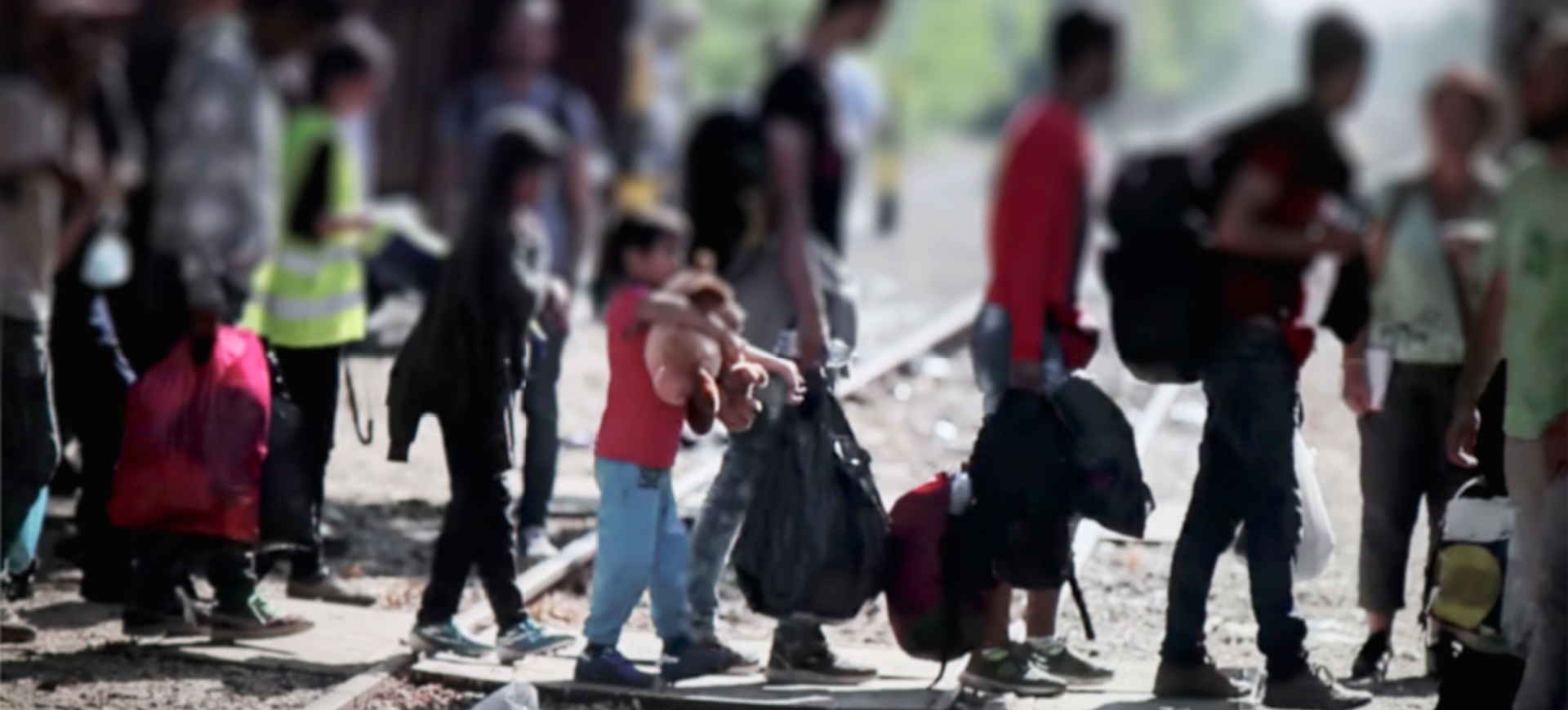G7 performance on migration and refugees
As host of this year’s G7 summit, Italy will ensure that great attention is paid to migration, noting that the topic is closely linked to other areas such as climate change and food insecurity – and there are several ways in which the G7 can improve its performance in this area
G7 leaders have addressed migration with increasing frequency in recent years. Russia’s invasion of Ukraine in 2022 caused a significant rise in displacement and forced migration, prompting G7 leaders to increase their attention to this topic. Italy has included migration and refugees in the priorities for the Apulia Summit, and its focus on Ukraine underscores the crucial importance of a timely, effective and ambitious approach to tackle the related challenges.
Conclusions
From the first G7 summit in 1975 to the 2023 Hiroshima Summit, leaders produced 8,379 words on migration and refugees in their communiqués, averaging 171 words, or 2%, per summit. The highest total was at the 2016 Ise-Shima Summit with 2,581 words (20%), following the refugee crisis resulting from the Syrian civil war.
Attention to migration and refugees then gradually decreased, with the 2020 and 2021 summits producing no words on the subject. It picked up again following the full-scale war in Ukraine that started in February 2022. The 2022 Elmau and 2023 Hiroshima summits dedicated 113 (1%) and 665 (2%) words, respectively.
Commitments
G7 leaders have produced 75 commitments on migration and refugees since 1975. They have done so sporadically, with three at the 1979 Tokyo Summit, for 5% of the total. They made commitments at only seven of the 18 summits between 1980 and 1997: fewer than three per summit and ranging between 1% and 5% of the total.
At Birmingham in 1998, they made four commitments on migration and refugees, then one (1%) in 2002, before leaping to eight (3%) in 2004, but dropping back to the norm of between zero and three (1% or lower) between 2005 and 2014.
A relatively more consistent period of higher decision making on migration and refugees started in 2015 with seven (2%) commitments, followed by a new peak of 11 (3%) in 2016, sustained at eight (4%) in 2017 when Italy last hosted. A four-year dip followed, with just two (1%) made in 2018 and a complete absence from 2019 to 2021. This rebounded in 2022 with eight commitments (1%) and in 2023 with nine (1%).
Compliance
Of these 75 commitments, 16 were assessed for compliance by the G7 Research Group, which found an average 77% compliance, on par with the average 77% across all subjects. The first assessed commitments were made at 1998 Birmingham, with 67% compliance. This rose to 84% for 2004 Sea Island. The highest compliance was achieved for 2014, with a near perfect 97%. High compliance also came for 2015, with 88%. In the years that followed this declined with 54% for 2016, 79% for 2017, 57% for 2018 and 63% for 2022.
By December 2023, compliance with one commitment on forced labour – an issue closely linked with the exploitation of vulnerable migrants and refugees – made at Hiroshima averaged 75%.
Causes and corrections
Compared to other subjects, only a limited number of commitments on migration and refugees have been assessed for compliance. This makes it difficult to identify definitive causes of compliance. Nonetheless, research suggests some ways to improve G7 performance on migration and refugees.
Holding same-subject pre-summit ministerial meetings improves compliance with leaders’ commitments on that subject. G7 immigration ministers have never met, and are not scheduled to meet during Italy’s 2024 presidency, although Italy could add a post-summit meeting. The G7, moving forward, should add such pre-summit ministerial meetings, and ones that produce ambitious communiqués to increase global collaboration on migration and refugees.
Second, commitments that refer to democracy and human rights have been associated with higher compliance. The G7’s migration and refugee commitments deal directly with issues such as human trafficking and modern slavery, but only one of the 75 commitments has referred explicitly to human rights. It was made in 1995 (and has not yet been assessed for compliance). Yet this cross-cutting topic is linked with multiple sectors, including the G7’s core mission of promoting democracy and individual liberty. Leaders should incorporate more explicit references to democracy and human rights in commitments on migration and refugees.
Third, communiqué-recognised severe shock-activated vulnerability has also been associated with higher compliance. The two commitments that mentioned the Syrian refugee crisis achieved higher-than-average compliance at 91%. By contrast, the one assessed commitment on Ukrainian refugees secured only 63%. This lower score may be due to the high ambition of this specific commitment. As the war in Ukraine enters its third year, refugees continue to flee. G7 leaders should pass ambitious, timely and relevant commitments to achieve success and offer tangible assistance to those affected by the conflict, continuing to recognise those most vulnerable to its harms.
Italian prime minister Giorgia Meloni has emphasised that Italy’s 2024 presidency would ensure that great attention is paid to migration, noting that this topic is linked with challenges emerging from climate change and food insecurity. G7 leaders should work together to address these pressing challenges and create important and innovative solutions.












